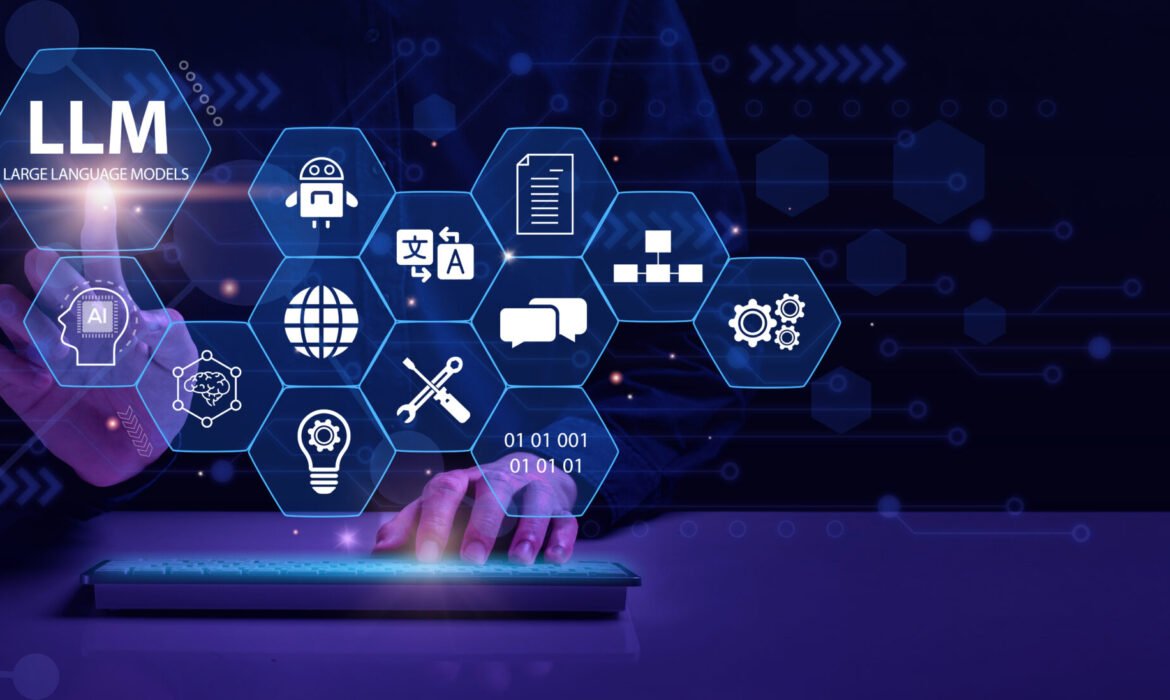AI Model Drift: How to Detect, Prevent, and Fix It Before It Costs You

Artificial Intelligence (AI) models are powerful decision-making tools, but they aren’t perfect. Over time, the data they rely on changes, leading to model drift—a situation where an AI model’s accuracy declines because the real world no longer matches the data it was trained on. If ignored, model drift can result in bad predictions, lost revenue, and frustrated users.
So, how can you spot model drift before it becomes a serious problem? And what can you do to fix it? Let’s dive in.
What is AI Model Drift?
AI model drift happens when the connection between input data and output predictions shifts over time. There are two main types:
- Concept Drift – This happens when the meaning of what you’re predicting changes. For example, if an AI model predicts consumer behavior, it may become unreliable if shopping trends shift due to economic downturns, seasonal patterns, or cultural changes.
- Data Drift – This occurs when the input data itself changes. For instance, a fraud detection model trained on past transaction data might fail to catch new fraud techniques that weren’t present in its training data.
Other types of drift include feature drift (when the importance of input features changes) and covariate shift (when the statistical properties of input variables change).
Ignoring model drift can lead to biased results, irrelevant recommendations, and poor decision-making. That’s why continuous monitoring is essential.
How to Detect AI Model Drift
Spotting drift early can save businesses from costly mistakes. Here’s how:
1. Monitor Model Performance Metrics
A sudden drop in accuracy, precision, recall, or F1-score can be a sign of drift. Keeping an eye on these numbers helps ensure your model is still doing its job correctly.
2. Compare Data Distributions
By using statistical tests like the Kolmogorov-Smirnov test, Jensen-Shannon divergence, or the Population Stability Index (PSI), you can compare new input data with the original training data. If the distributions look very different, it’s a red flag for drift.
3. Track Business KPIs
If your AI model directly affects business outcomes—such as revenue, conversion rates, or fraud detection—a sudden drop in these key metrics could indicate drift. For example, if an e-commerce recommendation engine suddenly leads to fewer clicks and sales, its predictions might no longer be relevant.
4. Use Automated Drift Detection Tools
Modern AI systems often rely on real-time monitoring tools, such as:
- Evidently AI – A tool that detects and visualizes model drift.
- TensorFlow Data Validation – Helps track changes in input data distributions.
- AWS Model Monitor & Azure ML Monitor – Cloud-based tools that automate drift detection.
5. Run A/B Tests
By comparing the current model with a newly trained version on live data, you can see if performance improves. If the updated model significantly outperforms the old one, your existing model may be experiencing drift.
Does Model Drift Always Require Action?
Not necessarily. Not all drift requires an immediate response. Sometimes, the cost of retraining a model is higher than the impact of the performance drop—especially in non-critical applications.
For example:
- Low-risk applications like movie recommendations can tolerate minor drift without major consequences.
- High-stakes applications like fraud detection or healthcare diagnostics require quick action, as even a small drift can lead to serious problems.
A smart approach is to set clear thresholds for when to retrain a model and when to simply monitor the situation. Businesses should weigh the cost of retraining against the potential risks before making a decision.
How to Fix AI Model Drift
If you detect significant drift, here’s how you can fix it:
1. Retrain the Model with Updated Data
The simplest solution is to refresh the model with newer data that reflects current trends. However, retraining too often can be expensive, so balance is key.
2. Use Adaptive Learning Models
Instead of retraining from scratch, incremental learning techniques allow models to update continuously, learning from new data while keeping past knowledge intact.
3. Improve Data Collection
Drift often happens when input data doesn’t fully represent real-world conditions. Expanding data sources and improving preprocessing techniques can help keep your model relevant.
4. Implement Continuous Monitoring with MLOps
MLOps (Machine Learning Operations) can automate drift detection, send alerts, and schedule retraining when needed. This ensures that models stay accurate without requiring constant manual checks.
5. Fine-Tune Hyperparameters
Sometimes, adjusting parameters—like learning rates or feature weightings—can restore performance without needing a full retrain.
Final Thoughts
AI models aren’t set in stone—they evolve as data changes. Ignoring model drift can lead to bad predictions, frustrated users, and financial losses. But retraining isn’t always the answer—sometimes, simply monitoring is enough.
The key is to detect drift early, assess its impact, and decide whether action is needed. By using automated monitoring tools, statistical methods, and smart retraining strategies, businesses can keep their AI models reliable and effective without wasting resources.
Take Action Now
If your AI model influences critical business decisions, start tracking drift today. Set up monitoring tools, define retraining thresholds, and stay proactive to keep your AI working at its best. 🚀



